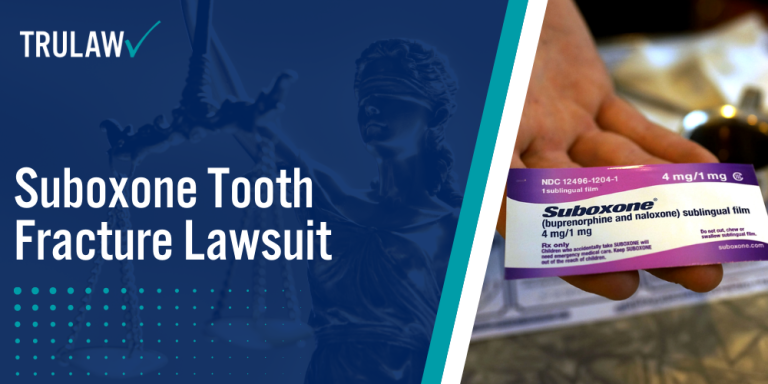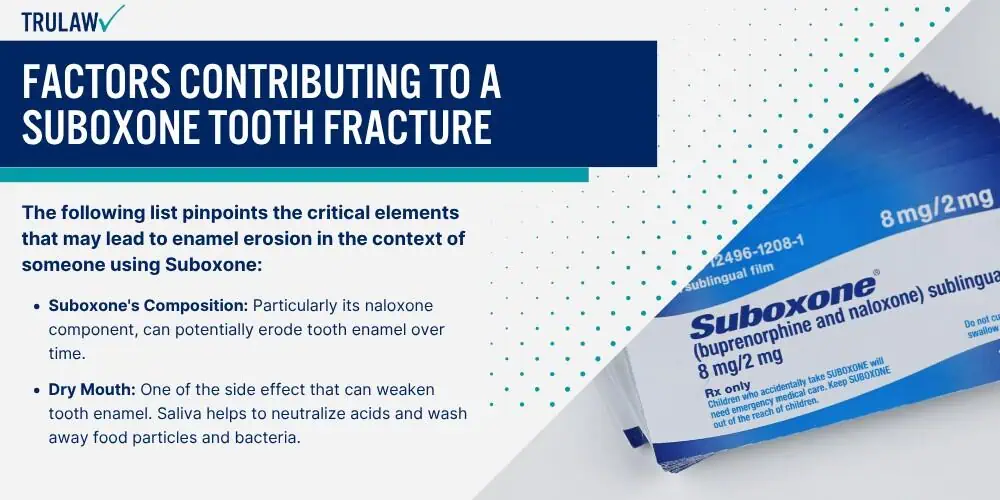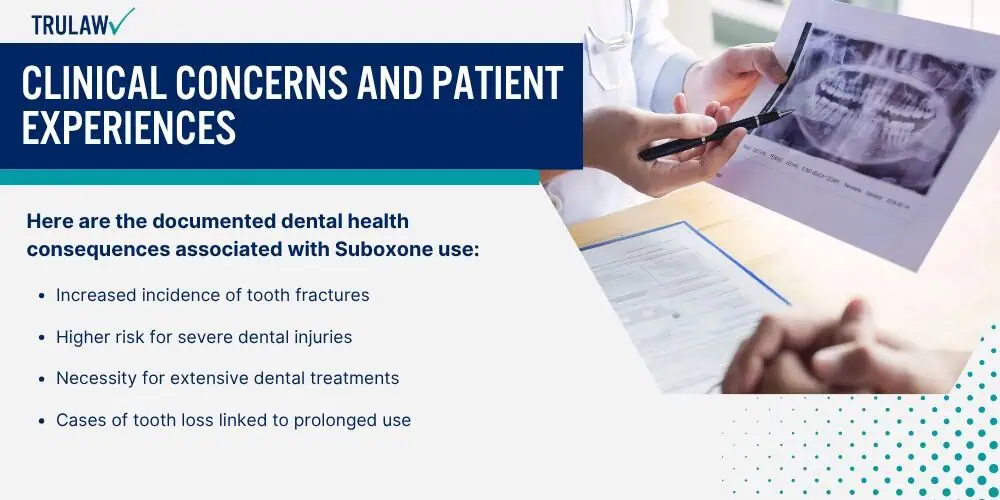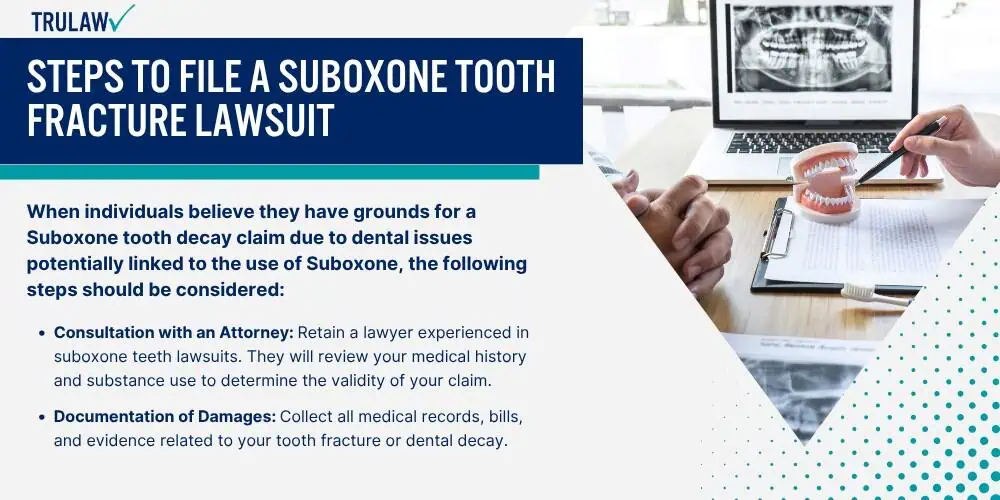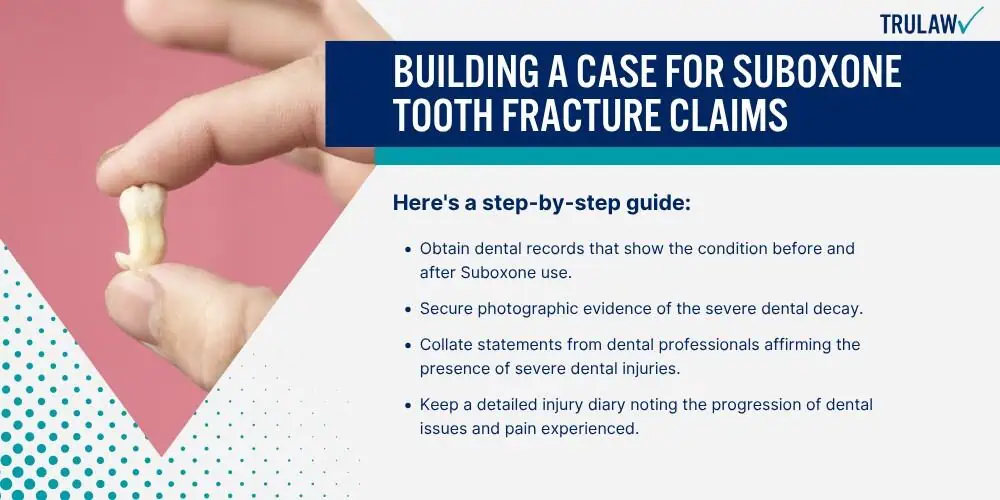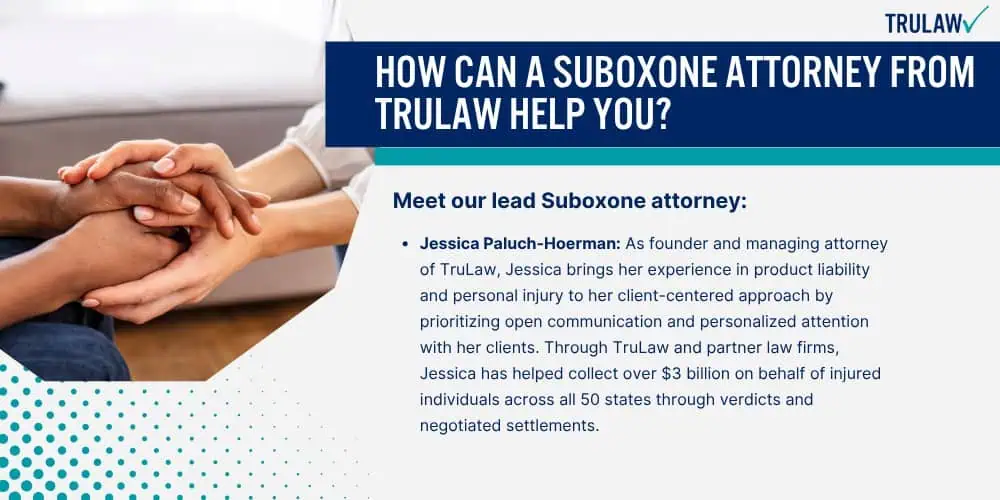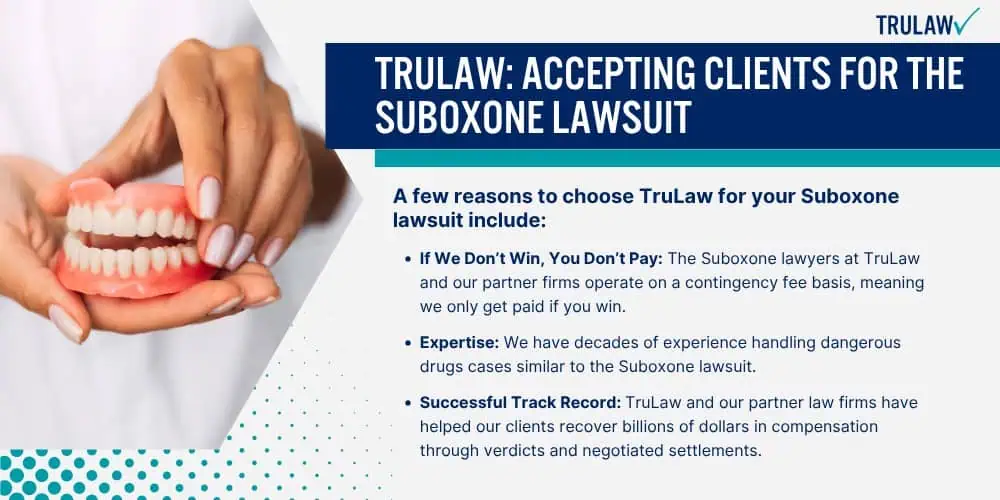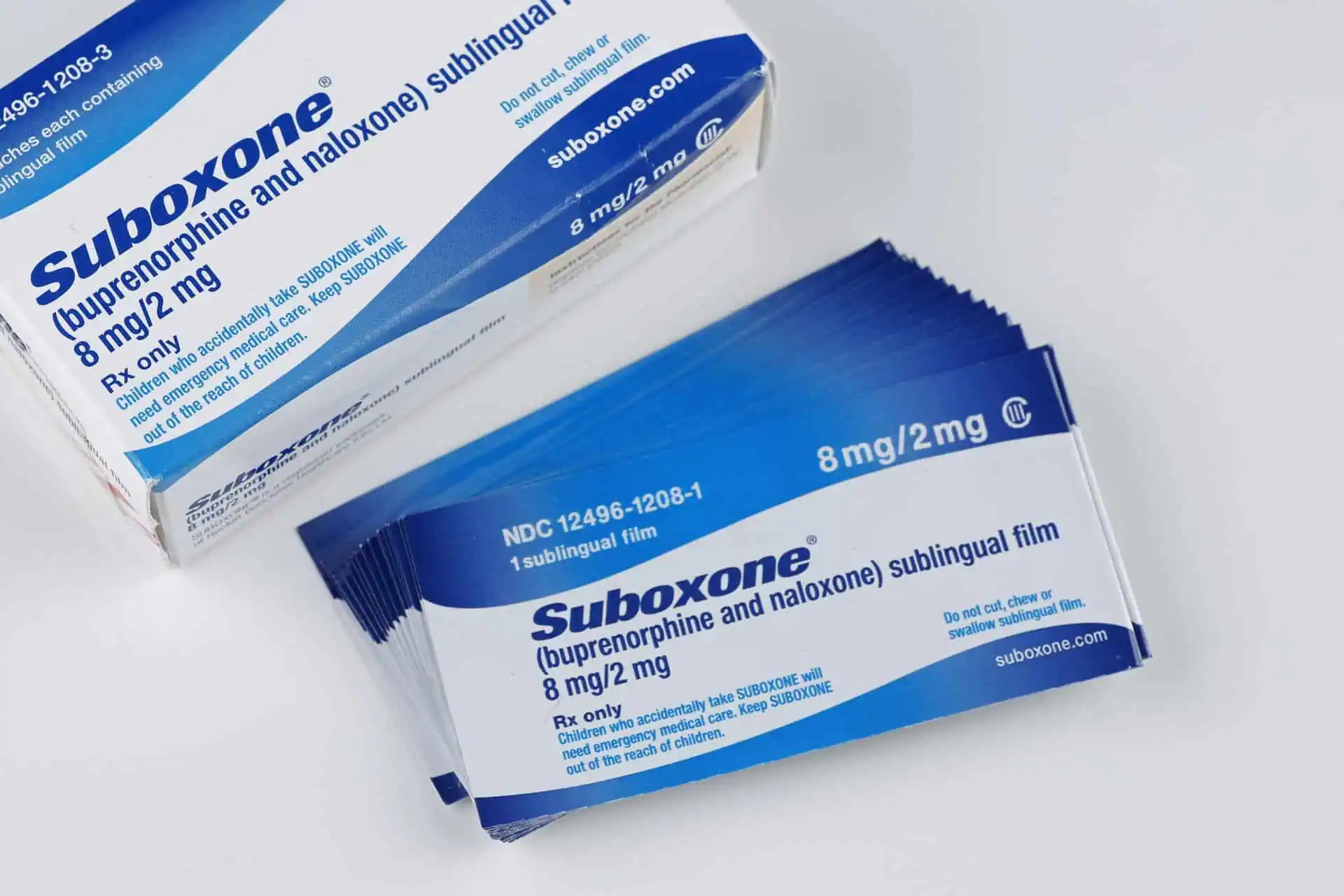The unfolding Suboxone litigation framework addresses the serious concern of patients who have suffered severe tooth decay potentially linked to the use of Suboxone.
This section will explore the current multidistrict litigation and key factors affecting the Suboxone tooth fracture lawsuit.
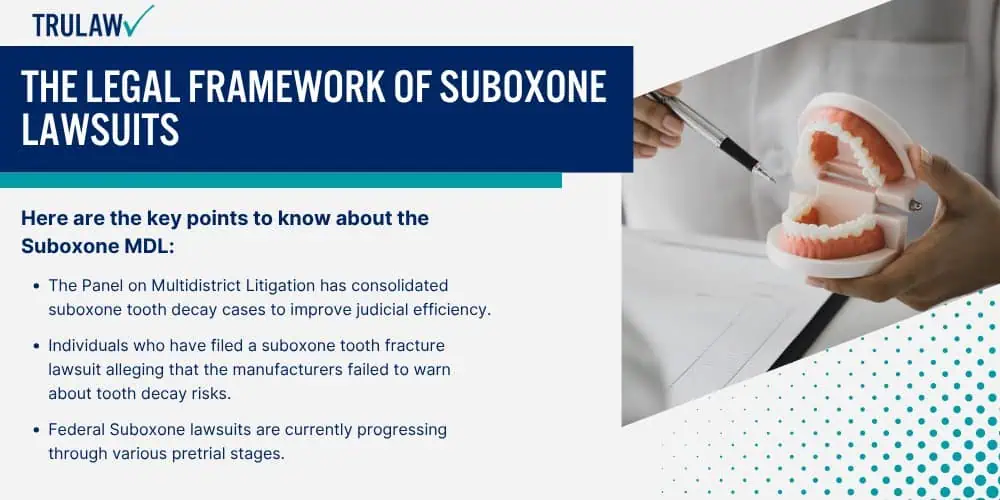
Suboxone Ongoing Multidistrict Litigation
Suboxone tooth fracture lawsuit has converged at the federal level as an MDL in the Northern District of Ohio to streamline the legal process.
The United States District Court has been tasked with overseeing these cases.
Here are the key points to know about the Suboxone MDL:
- The Panel on Multidistrict Litigation has consolidated suboxone tooth decay cases to improve judicial efficiency.
- Individuals who have filed a suboxone tooth fracture lawsuit alleging that the manufacturers failed to warn about tooth decay risks.
- Federal Suboxone lawsuits are currently progressing through various pretrial stages, including discovery and bellwether trials.
- The outcome of these trials may influence the resolution of numerous other Suboxone dental lawsuit claims nationwide.
Factors Influencing Liability Claims
Success in product liability lawsuits involving Suboxone hinges on establishing a clear connection between the medication and the alleged harm.
This requires a close look at several key elements.
Determining liability in Suboxone product liability lawsuits involves examining several factors:
- Prescriptions: Whether patients were prescribed Suboxone and if a physician prescribed Suboxone film specifically.
- Warnings: Adequacy of the patient medication guide and other manufacturer-provided information regarding potential tooth decay risks.
- Allegations: The nature of claims that the use of Suboxone contributed to tooth decay and subsequent harm.
- Evidence: Medical records and expert testimonies that link Suboxone use to dental decay.
Limitations for product liability, such as the statute of limitations, play a crucial role in determining whether patients can file a suboxone tooth fracture lawsuit.
These legal time frames vary by state and can affect the eligibility to pursue legal recourse.
